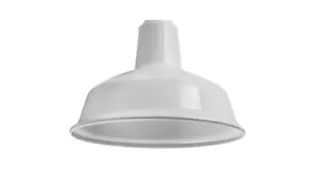Rotate forming is an effective method for manufacturing precision products such as hollow cones, cylindrical parts, hemispheres, and thin-walled pipes. Rotate developing products have high precision, good mechanical properties, and a wide range of sizes. Rotate creating tools and molds are simple and easy to replace; for some products, the production cost is lower than other methods. The main disadvantage of rotated forming makes a long production time, low output, and limited variety. Rotate forming is suitable for the production of small batches and multi-variety products.
The main difference between rotate forming and stretching and stamping is: that stretching and stamping is a process of gradually creating a surface from a line, so the required forming force is relatively large, and Rotate forming is a forming process from point to bar, and then from tube to surface, so Parts with fairly complex shapes can make by Rotate forming. Therefore, compared with sheet metal Rotate forming, metal Rotate forming can significantly simplify the equipment used in the process. Some parts that require multiple stamping can be produced by rotate forming once. Rotate forming can reduce mold manufacturing costs.
Rotate forming is divided into ordinary rotate forming and strong rotate forming.
Ordinary Rotate forming is mainly to change the shape of the blank, and the wall thickness is unchanged, or a Rotate forming process that changes less. Routine Rotate forming especially forms the workpiece by changing the diameter of the sheet material. It is a non-cutting forming process for processing thin-walled revolving bodies. The rotary wheel feeds the rotating metal circle or preformed blank to form the rotate forming.
Power rotate forming (also known as thinning rotate forming) originates from ordinary rotate forming. During rotate forming, it not only changes the shape of the blank but also significantly changes (thinning) it is wall thickness. The difference between thinning rotate forming and ordinary rotate forming is that thinning rotate forming belongs to the category of volume deformation. The wall thickness is mainly reduced in the deformation process while the material volume is unchanged. A core mold’s size determines the shape of the finished product, and dimensional accuracy depends on how closely the process parameters match. When the cylindrical part is powerfully rotating, only the outer diameter reduces without changing the inner diameter (the opposite is true for internal rotation). Since the intense spinning reduces the wall thickness of the blank, a large amount of deformation is allowed in one spinning, making the production efficiency of the low spinning much higher than that of the ordinary spinning, and its application range also expands. Still, the corresponding strength rotates forming requires equipment power.

